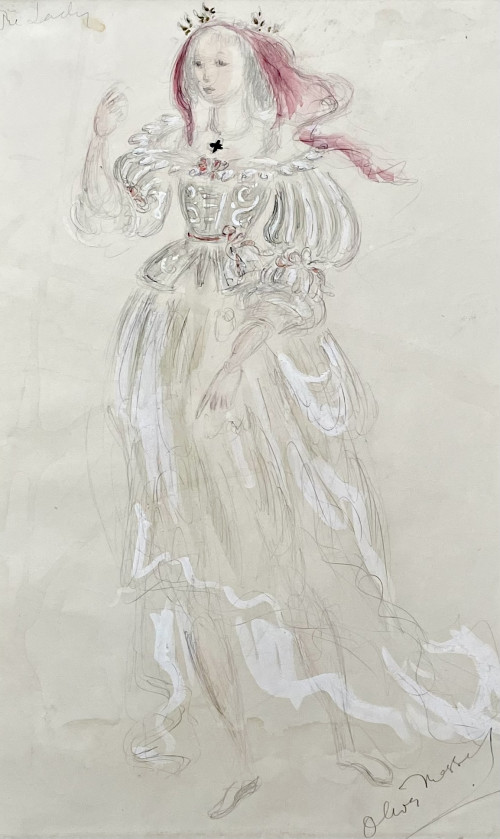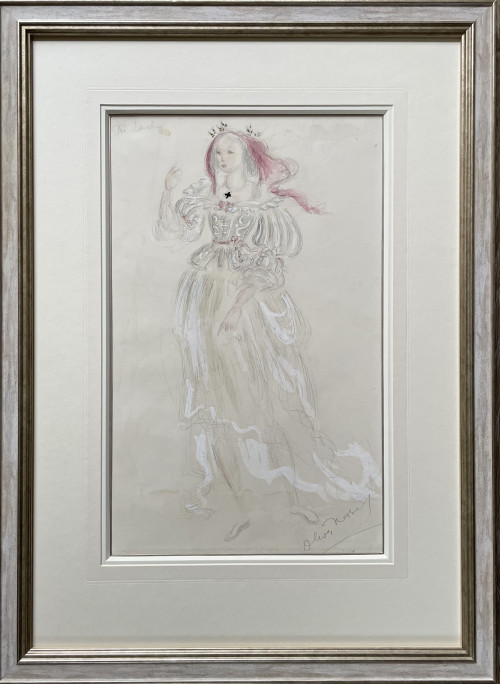- HOME
-
- View All Items
- New Arrivals
- Featured Items
- Artists
-
- View All
- Contemporary
- Birmingham School
- Cotswold Group
- Landscape
- Urban Townscape
- Abstract
- Animals/Birds
- Arts & Crafts
- British Impressionist
- Botanical
- Design/Industrial
- Fantasy/Fairy Subjects
- Female Artists
- Figurative
- Historical
- Illustration/Cartoon
- Marine
- Military/War Artist
- Modern British
- Pre-raphaelite/ Romantic/ Aesthetic
- Nude
- Portrait
- Prints
- Scottish
- Sculpture
- Sporting
- Still Life
- Theatrical
- Interiors/Architectural
-
ARCHIVE
Genre
- View All
- Contemporary
- Birmingham School
- Cotswold Group
- Landscape
- Urban Townscape
- Abstract
- Animals/Birds
- Arts & Crafts
- British Impressionist
- Botanical
- Design/Industrial
- Fantasy/Fairy Subjects
- Female Artists
- Figurative
- Historical
- Illustration/Cartoon
- Marine
- Military/War Artist
- Modern British
- Pre-raphaelite/ Romantic/ Aesthetic
- Nude
- Portrait
- Prints
- Scottish
- Sculpture
- Sporting
- Still Life
- Theatrical
- Interiors/Architectural
- ARTISTS
- Online Exhibitions
- Events
- About
- Contact
- Home
- Medium
- Watercolour & Drawing
- A Hutch Table or Table Settle - A Study for 'Hide a Stick'
A Hutch Table or Table Settle - A Study for 'Hide a Stick'
A Hutch Table or Table Settle - A Study for 'Hide a Stick'
FREDERIC JAMES SHIELDS, ARWS (1833-1911)
A Hutch Table or Table Settle - A Study for “Hide a Stick”
Watercolour, unframed
26.5 by 41 cm., 10 by 16 in. (mount size 44 by 57.5 cm., 17 by 22 in.)
Provenance: The Artist’s estate; Private collection.
Shields was born in Hartlepool and brought up in extreme poverty with most of his family succumbing to TB. Employed by a commercial engraver he studied at evening classes in London and then in Manchester, where he settled in 1848. He was greatly impressed by the works of the Pre-Raphaelite Brotherhood, which he saw at the Manchester Art Treasures Exhibition in 1857. The quality of his illustrations for Defoe’s History of the Plague (1862) and Bunyan’s Pilgrim’s Progress (1864) brought him to the attention of Ruskin and Rossetti, who invited him to visit him in London. He became a close friend of Rossetti and Madox Brown and settled in London in 1876 and Rossetti offered him spade in his own studio and helped and encouraged him with his work. A close friend of the whole Rossetti family, he was commissioned by Rossetti’s mother to design two windows in memory of her son in All Saints’ Church, Birchington. He was also asked to make a drawing of Rossetti on his death bed. Shields painted mainly in watercolour and exhibited at the Society of Painters in Water Colours, becoming an ARWS in 1865. He was also a fine illustrator, mural decorator and stained glass designer. This study of a hutch table, or table settle, was executed during the artist’s visit to Somerset in 1862. It is a study for his 1866 watercolour Hide a Stick, Hide a Stick, in a Little Hoyle, (exhibited Manchester Art Gallery, Frederic Shields Exhibition, 1907, no.126, present location unknown). The idea for the picture was conceived during the visit to Porlock and is recorded in the artist’s diary of January 1862 (E. Mills, Life and Letters of Frederic Shields, London, 1912, p.70). The finished painting depicts three children playing a traditional Somerset game similar to Hide and Seek. An engraving of the picture was illustrated in the catalogue to the 1907 Manchester exhibition.
Dimensions:
Thank you for your enquiry.
We will get back to you soon.
Please create wishlist to add this item to
RELATED ITEMS
















